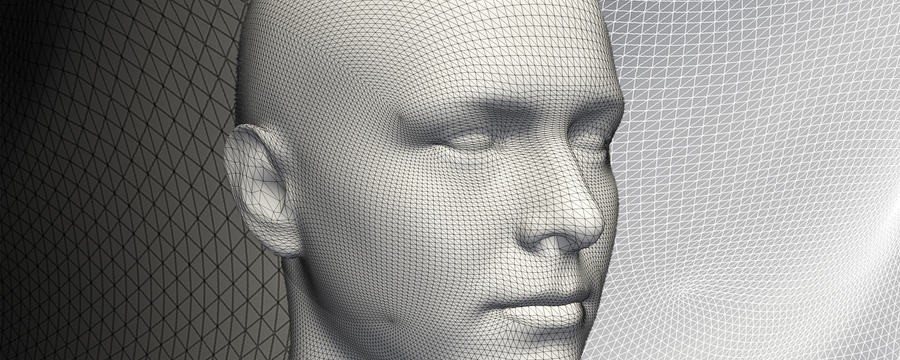Wrapping up: Week 6
In this week we have seen how we can fit a model to a target surface. To this end we have introduced a variant of the classical Iterative Closest Points …
New offer! Get 30% off one whole year of Unlimited learning. Subscribe for just £249.99 £174.99. New subscribers only. T&Cs apply
